This Lemon Pepper Sauce Recipe delivers bold citrus zest, cracked black pepper heat, and velvety richness—all in one skillet. It's fast, easy, and perfect for your chicken, fish, pasta, or even roasted veggies.
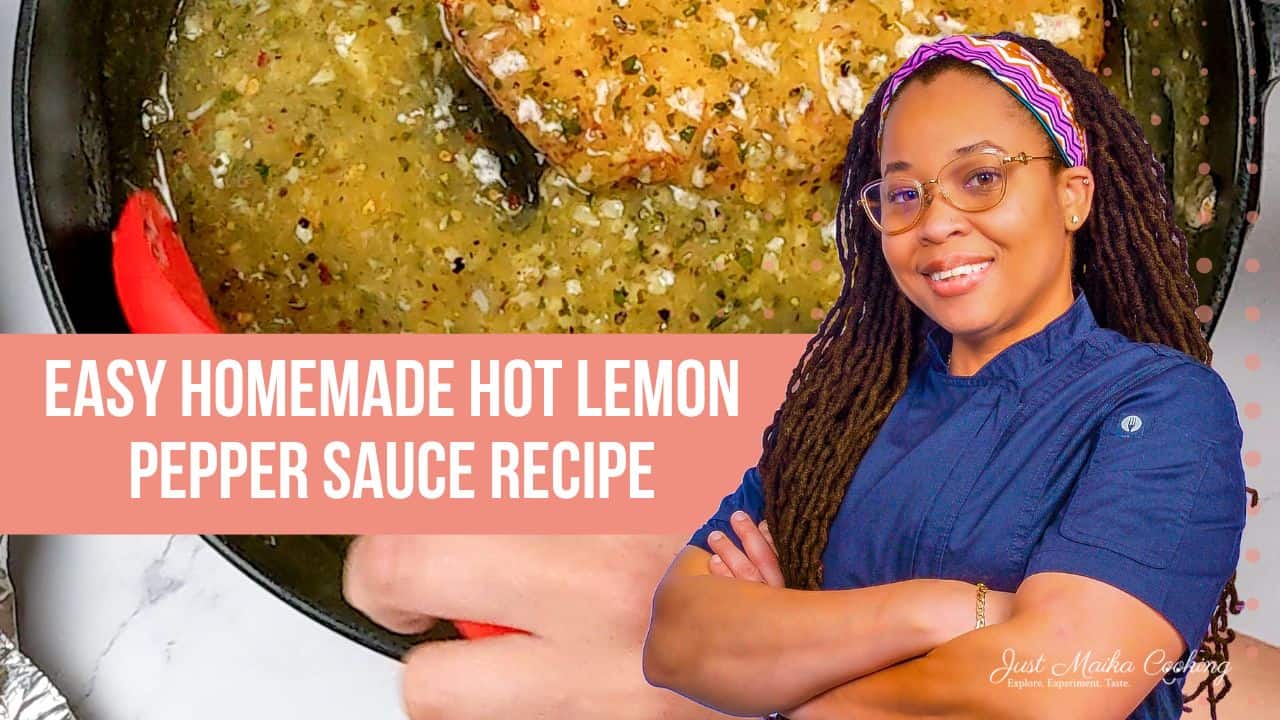
Table of Contents
Jump to:
- My Homemade Lemon Pepper Sauce
- What is Traditional Wet Lemon Pepper Sauce Made Of?
- Let's Back Track: Lemon Pepper History
- How to Use This Sauce Recipe
- Turn Up the Heat: Hot Pepper Twists
- Need Inspiration? Try These:
- Ingredients with Steps
- Culinary Glossary
- Instructions with Pictures
- Substitutions
- Variations
- Equipment
- Storage and Reheating
- Cooking Tips
- Frequently Asked Questions
- Sauce Recipes
- Spicy Recipes
- 📖 Recipe
- Subscribe to the YouTube Channel
- Have a Comment or Question?
My Homemade Lemon Pepper Sauce
Let’s be honest—store-bought sauces can be a little... underwhelming. That’s why I decided to whip up my own homemade lemon pepper sauce on the fly. Let me tell you, this easy sauce is not just quick; it’s a zesty mic drop in your kitchen.
Traditionally, this sauce takes its sweet time to reduce, but my version is a fast one that gets you back to what you love to do; plus, I had to make it without butter by using olive oil. And hey, if you're feeling creative, check out the substitution section—because everyone deserves to customize their sauce like the home kitchen chefs they are.

What about air fryer lemon pepper wings? You'll love using this sauce as a great way to smother your golden brown crispy wings with that rich, peppery, tangy flavor!
What is Traditional Wet Lemon Pepper Sauce Made Of?
Now, if you’ve ever had classic wet lemon pepper wings in Atlanta (or wish you had), you know what we're talking about. Traditional Easy Lemon Pepper Sauce usually combines lemon juice, lemon zest, black pepper, melted butter, and sometimes a hint of hot sauce for an extra kick.
It’s a bold, buttery masterpiece often drizzled over crispy fried chicken wings, soaking into every crunchy crevice. Basically, it’s citrusy heaven with a peppery punch.

Make a batch of just the dry ingredients for a homemade lemon pepper seasoning for a dry rub or to sprinkle on french fries!
Let's Back Track: Lemon Pepper History
Lemon pepper seasoning, with its tangy zest and bold black pepper kick, has become a staple in Southern kitchens and a cultural icon in cities like Atlanta and Miami. In Atlanta, the famous lemon pepper wet wings blend buttery richness with sharp citrus notes, becoming a signature dish tied to the city’s vibrant music and food scene.

Meanwhile, in Miami, the Caribbean influence shines through with citrus-forward marinades using fresh lemons, limes, and spicy peppers, creating a flavor profile that feels both familiar and delicious.
My Easy Crispy Baked Wet Lemon Pepper Chicken Cutlets recipe takes inspiration from these regional flavors, using fresh pantry staples like lemon zest, cracked black pepper, garlic, and herbs to deliver a homemade sauce that’s bursting with brightness.
Hey, you don't have to take my word for it, experience this zesty delight for yourself. Visit my original recipe page for all the juicy details, and let’s bring these flavors to your kitchen!
How to Use This Sauce Recipe
Alright, let’s talk versatility with the best lemon pepper sauce recipe you'll ever have. This isn’t here to play small. You can use it for more things than just homemade lemon pepper wings on game day.
- Drizzle it over baked chicken thighs, toss it with pasta for a zesty noodle dish,
- or spoon it over roasted veggies for a flavor upgrade.
- Feeling bold? Use it as a marinade for shrimp before grilling
- or as a dipping sauce for crispy fries with parmesan cheese.
This sauce isn’t picky—it loves everyone equally.
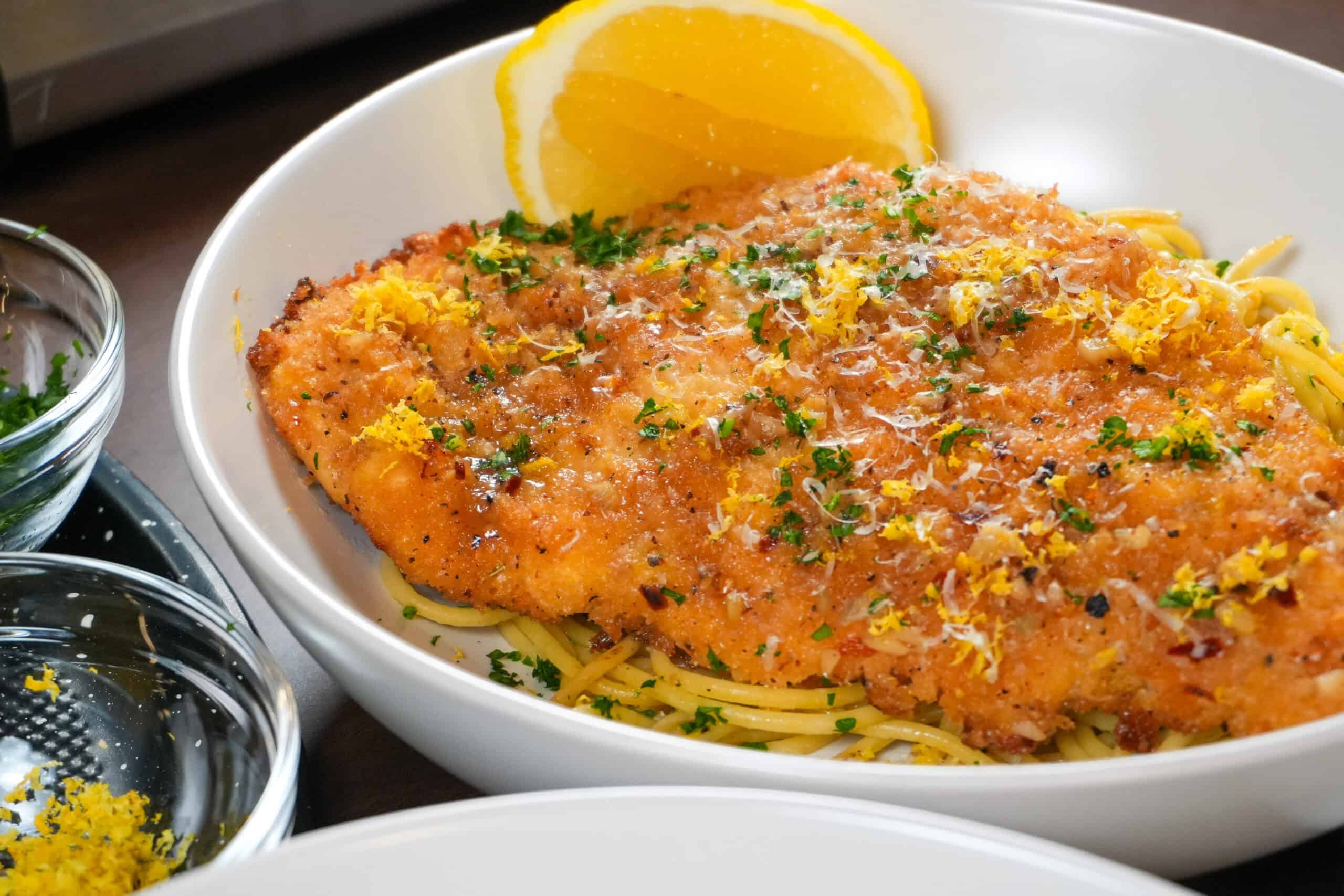

Remember to get creative and share, check the Variation section for a simple recipe that you can use to make Hot Honey Lemon Pepper Wings!
Turn Up the Heat: Hot Pepper Twists
For those who like their sauce with a little fire, let’s chat hot pepper upgrades. Swap the red pepper flakes for Scotch Bonnet if you’re chasing Caribbean heat, Habanero for a fruity-but-fiery Latin kick, or Jalapeño for a milder green pepper flavor.
Each pepper adds its own vibe, so go ahead—pick your spice level and make this Homemade Lemon Pepper Sauce uniquely yours. Now, grab your skillet, turn up the heat, and let’s get saucy.
Need Inspiration? Try These:
- Easy Crispy Baked Wet Lemon Pepper Chicken Cutlets
- Quick Harissa Sauce
- Calabrian Pepper Salmon with Creamy Lemon Dill Sauce
- Loaded Lemon Pepper Chicken Pasta
- Hot Honey Lemon Chicken Skewers with Asparagus
Ingredients with Steps
Heat olive oil in a skillet over medium heat and sauté minced garlic and red pepper flakes until fragrant. Add chicken broth, lemon juice, lemon zest, cracked black pepper, and kosher salt, stirring to combine. Bring the mixture to a gentle boil, then reduce the heat and let it simmer until slightly thickened. Stir in chopped parsley, simmer for another minute, and adjust the seasoning to taste. Serve immediately over chicken, fish, pasta, or vegetables for a zesty, flavorful finish.
Culinary Glossary
This section provides concise definitions of key ingredients and techniques to enhance understanding and improve cooking skills related to this recipe.
Ingredients
- Lemon Zest: The thin outer layer of a lemon’s skin, grated finely to add bright, citrusy flavor. Avoid the bitter white pith underneath! Learn more about zesting.
- Cracked Black Pepper: Coarsely ground black peppercorns that add a bold, spicy kick and a rustic texture to the sauce.
- Minced Garlic: Garlic cloves are finely chopped into tiny pieces, often used as an aromatic base in sauce. You can also use garlic paste.
- Kosher Salt: A coarse-grained salt known for its clean taste and easy-to-control texture, often preferred by us chefs for seasoning.
- Parsley: A fresh herb with bright, slightly peppery flavor, used both as a garnish and to add freshness to the sauces.
- Scotch Bonnet (alternative): A fiery chili pepper common in Caribbean cuisine, known for its fruity heat—handle with care! Don't rub your eyes.
- Habanero (alternative): An intensely spicy pepper with a sweet, fruity flavor, often used to add heat to sauces and marinades.
- Jalapeño (alternative): A moderately spicy green chili pepper that brings a mild heat and grassy flavor to sauces and salsas.
Techniques
- Reduction: The process of simmering a liquid over heat to evaporate excess water, resulting in a thicker, more concentrated sauce. In this recipe, a skillet is used for its wide surface, allowing more room for evaporation and reducing the time it takes to thicken the sauce.
- Simmer: Cooking a liquid gently over low to medium heat, just below boiling, allowing flavors to meld and the sauce to thicken.
- Emulsify: The process of combining two liquids (like oil and lemon juice) that normally don’t mix, often achieved by whisking or blending.
- Aromatics: Ingredients like garlic, onions, and herbs that release fragrant flavors when cooked, forming the base of many sauces.
See the recipe card for quantities below.
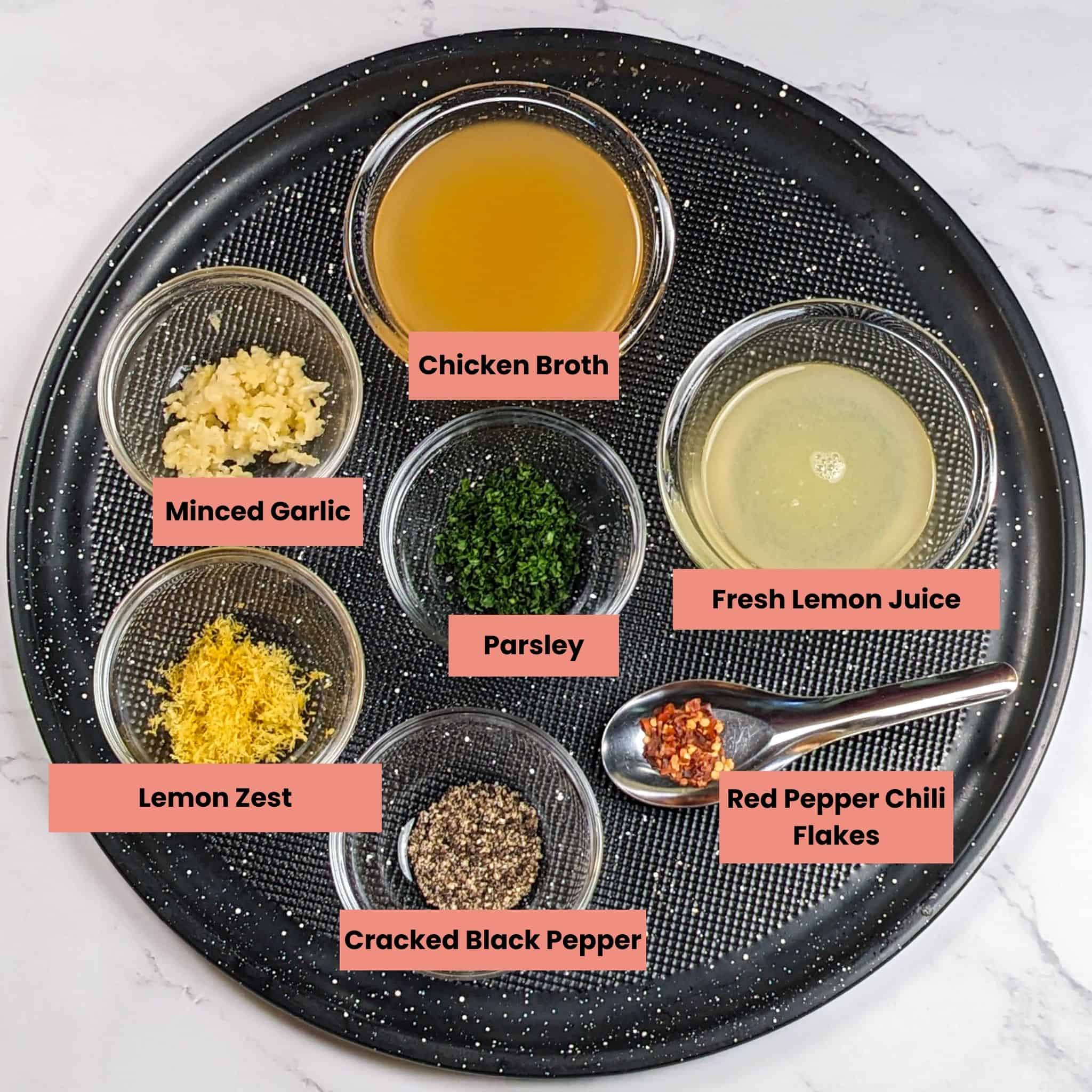
Instructions with Pictures
Follow the instructions and cooking tips below using the step-by-step picture guide.
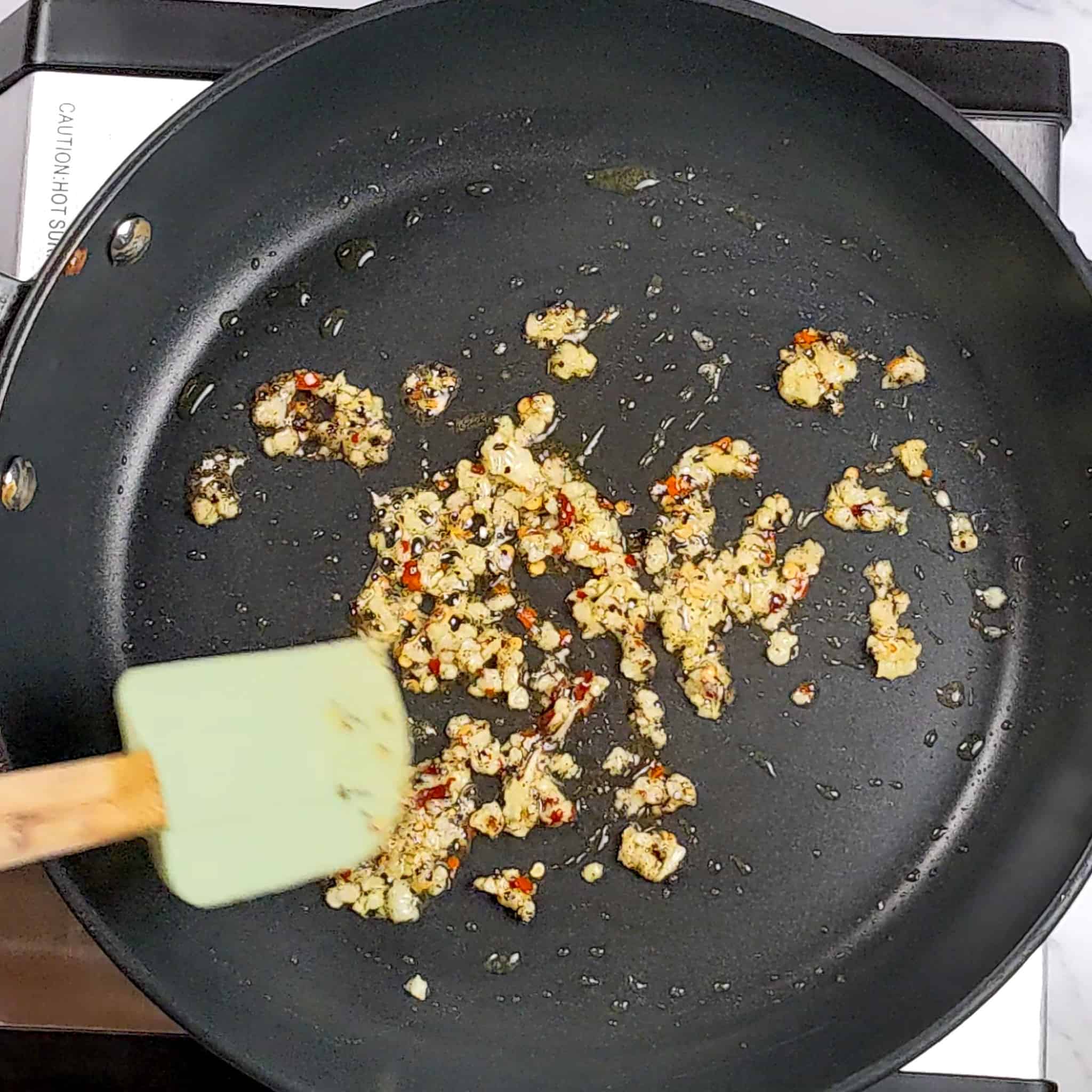
Heat olive oil in a skillet over medium heat; sauté garlic and chili peppers until fragrant.
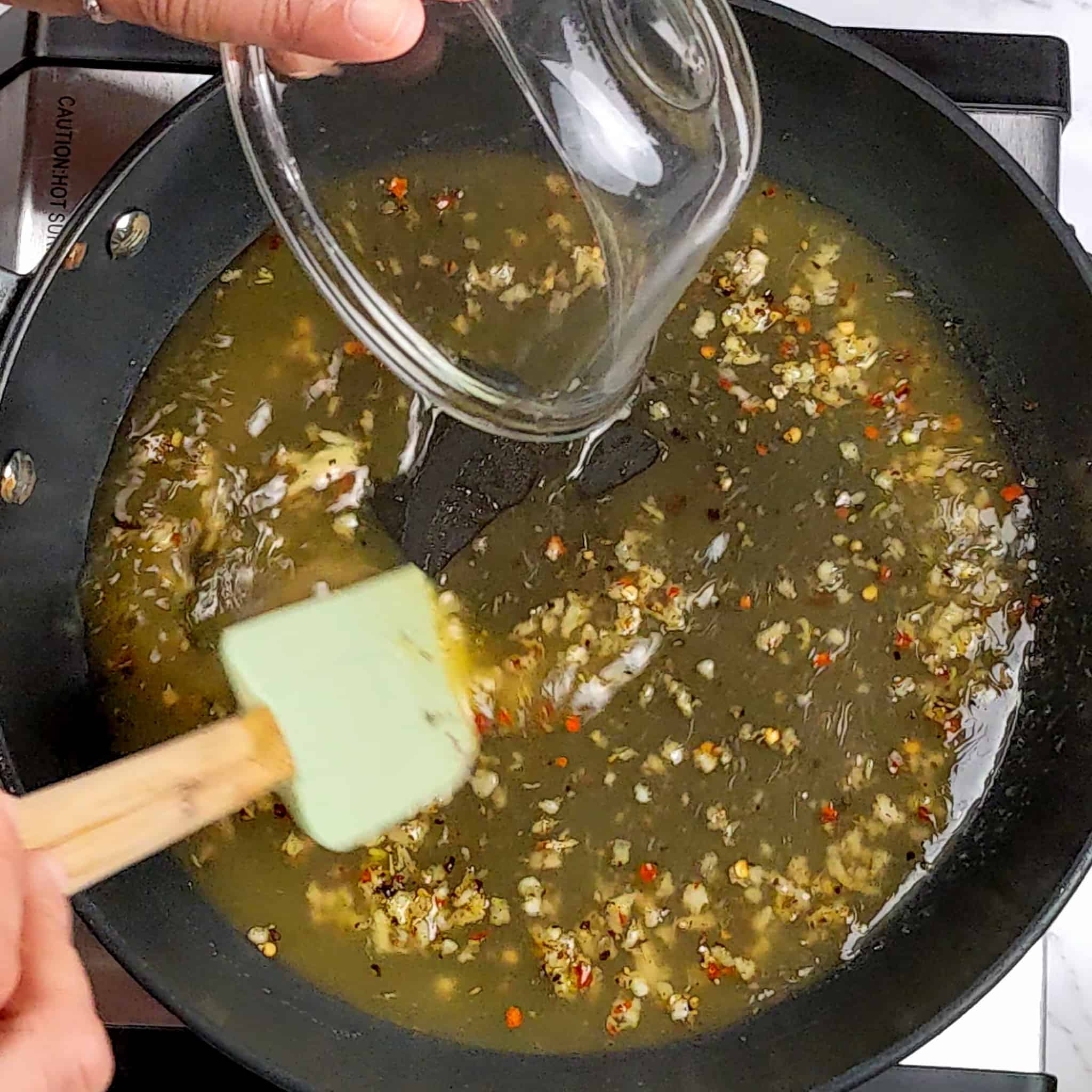
Add chicken broth, lemon juice, lemon zest, black pepper, and salt
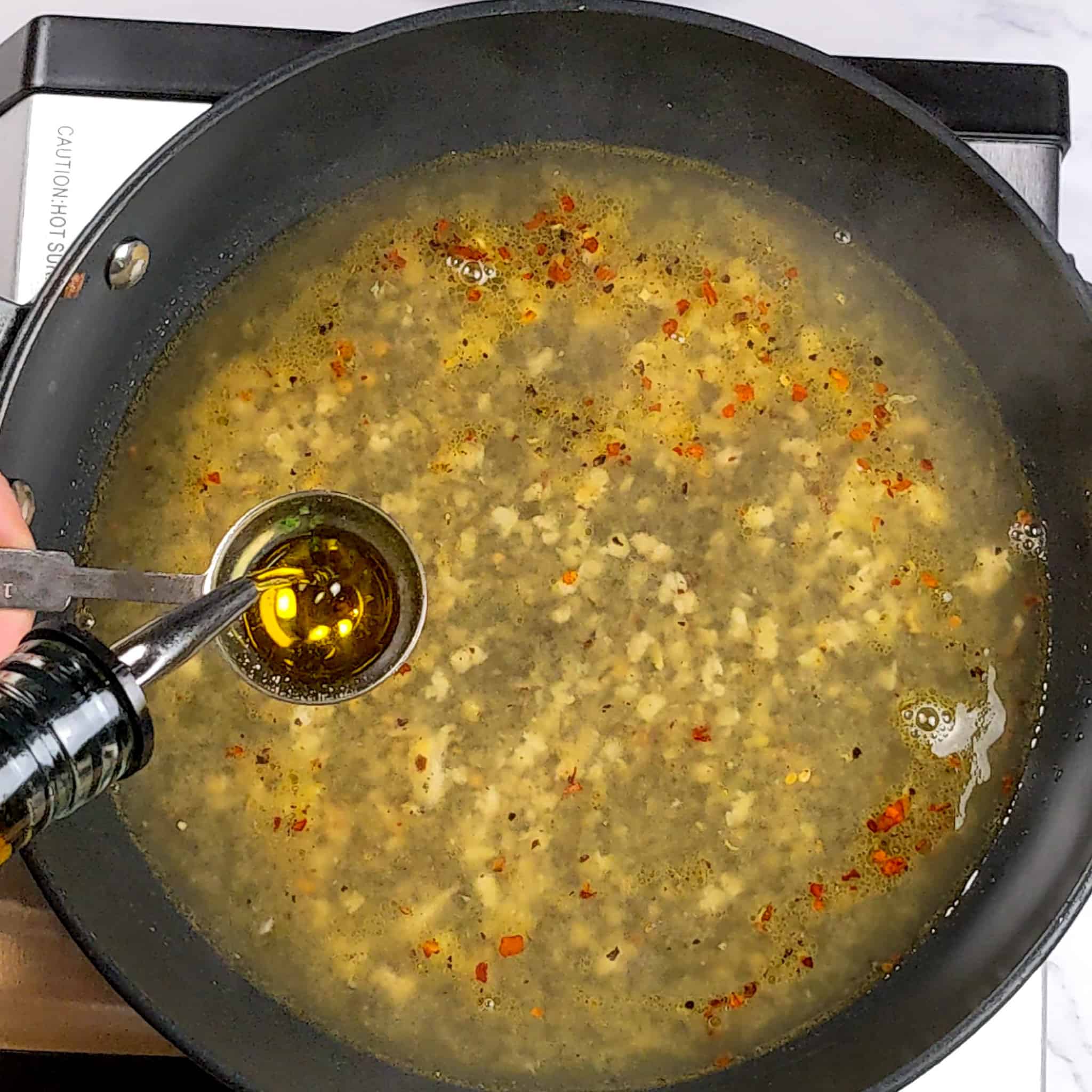
Add the olive oil; this is used in the placement of butter for a healthier alternative.
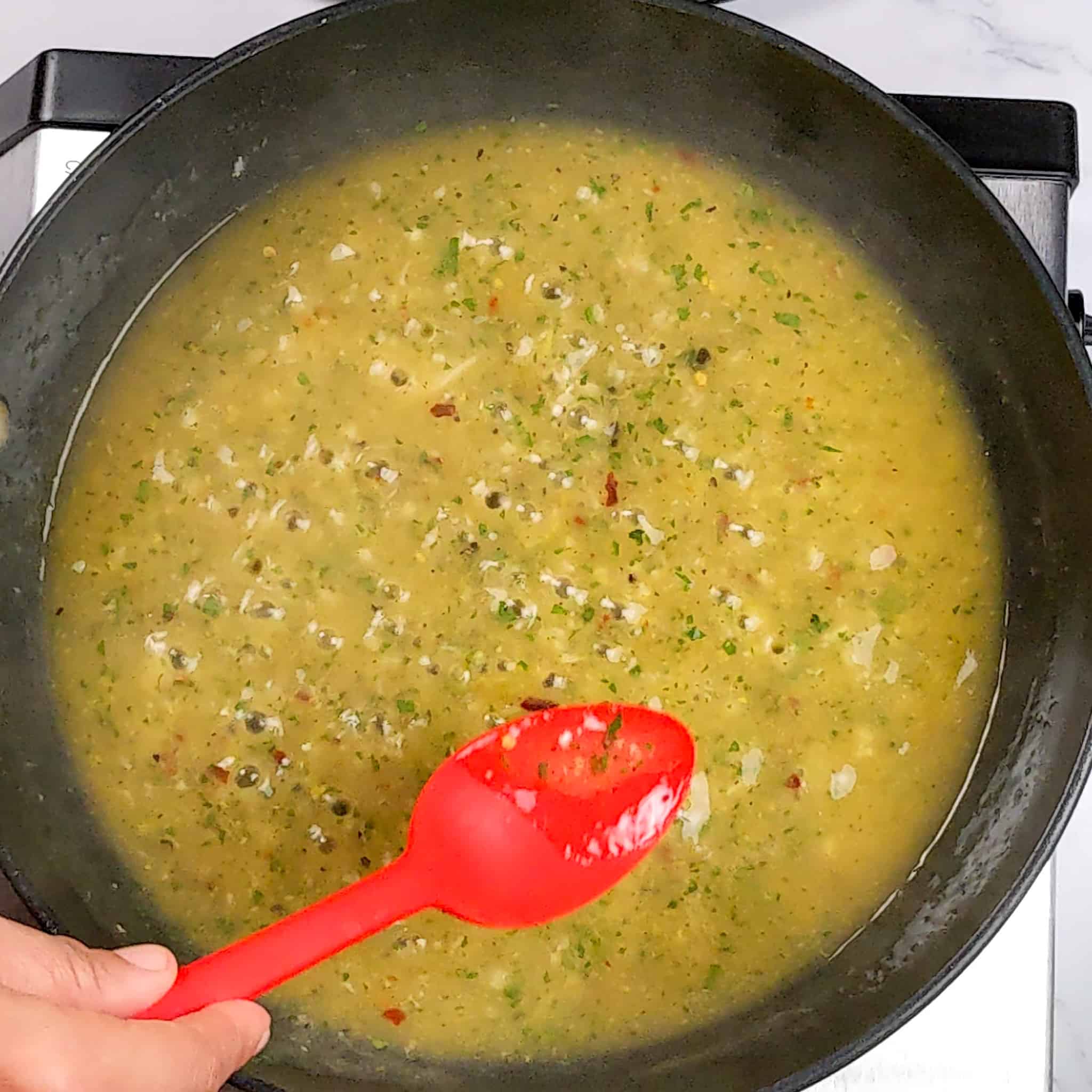
Bring to a gentle boil, then reduce heat and simmer for 5–7 minutes until slightly thickened.
My Rating: ⭐️⭐️⭐️⭐️⭐️
Purchased: 2023
My Review: I’ve trusted All-Clad’s American-made stainless steel pans for as long as I’ve worked professionally—over a decade now—and they’ve never let me down. The D3 3-Ply Stainless Steel Nonstick Fry Pan is no exception; it heats evenly, handles like a dream, and holds up beautifully whether I’m cooking at home or in a pro kitchen. It’s induction, oven, and even broiler safe up to 500°F, which makes it super versatile. Many chefs I know swear by All-Clad too, and the price point is usually reasonable for the quality you’re getting. If you’re looking for a solid pan that’ll last you years, this one’s a no-brainer.
Substitutions
Dairy-Free
- Yay! This recipe is already dairy-free.
Gluten-Free
- Bonus! This recipe is also gluten-free.
Vegetarian
- Low-Sodium Chicken Broth: To make this Lemon Pepper Sauce Recipe vegetarian, swap the chicken broth for vegetable broth or even plain water with a dash of soy sauce for depth. Pair it with roasted vegetables, grilled tofu, or pasta for a hearty, plant-based meal.
Convenience
- Chicken Broth: Use vegetable broth or water with soy sauce. This is a quick swap for vegetarians or if chicken broth isn’t available.
- Fresh Lemon Juice: Try bottled lemon juice. While fresh is best, bottled lemon juice works in a pinch.
- Fresh Garlic: Substitute with garlic powder. Use ¼ teaspoon of garlic powder for every 1 clove of garlic.
- Fresh Parsley: Use dried parsley by substituting with 1 teaspoon of dried parsley.
- Cracked Black Pepper: Ground black pepper can also work. Use a slightly smaller amount, as ground pepper is more concentrated.
- Kosher Salt: Use half the amount since table salt is finer and more intense.
- Red Pepper Chili Flakes: Try cayenne pepper or your favorite hot sauce. Add sparingly to control heat levels.
- Olive Oil: Vegetable Oil or Canola Oil. Neutral oils will work if olive oil isn’t available.
Change Heat Level - Modify this zesty lemon pepper sauce recipe's heat level to your liking and learn more about the Scoville Scale and Chili Pairings.
Variations
- How to Make a Creamy Lemon Pepper Sauce: No matter your preference, this creamy twist will turn your Lemon Pepper Sauce Recipe into a luxurious coating for your favorite dishes!
- With Dairy: Add ¼ cup of heavy cream or ½ cup of grated Parmesan cheese to the skillet during the last 2 minutes of simmering. Stir until the sauce thickens and becomes silky smooth. This creates a rich, creamy texture perfect for pasta or chicken.
- Dairy-Free Alternative for this cream sauce: Stir in ¼ cup of full-fat coconut milk or cashew cream (blend ¼ cup soaked cashews with ¼ cup water) during the final minutes of cooking. Both options provide a velvety finish without compromising on the bold lemon-pepper flavor.
- How to Make Hot Honey Lemon Pepper Sauce: This is some sticky goodness; turn this recipe into a hot honey lemon pepper sauce you will love. What is hot honey? This is a spicy honey made with ground hot chili peppers. For example, Mike's Hot Honey became famous for adding on NY-style pizza. Hint: This recipe would be perfect for some Hot Honey Lemon Pepper Chicken Wings.
- Follow the original recipe to sauté the garlic cloves in 2 ⅔ tablespoons olive oil over medium heat until fragrant, then add 1 cup chicken broth, the juice, and zest of 2 ⅔ lemons, 1 ⅓ teaspoons cracked black pepper, ⅓ teaspoon red pepper flakes, 2 tablespoons hot honey, and ⅓ teaspoon kosher salt. Simmer for 5–7 minutes until reduced by half and slightly thickened, then stir in 1 ⅓ tablespoons chopped parsley. Adjust seasoning to taste and drizzle this vibrant sauce over chicken wings, shrimp, roasted vegetables, or pasta for an irresistible sweet and spicy finish.
Equipment
- Skillet (Preferably Stainless Steel or Non-Stick): The skillet is the main cooking vessel for this sauce recipe. It evenly distributes heat, allowing the garlic to sauté, liquids to reduce, and flavors to meld beautifully.
- If you don’t have a skillet, a sauté pan or a wide saucepan can work. Just ensure it has a wide surface area for effective reduction. And if you have to use a small saucepan, just be aware the time of reduction will increase.
- Do not use cast iron skillets unless there is an enamel coating; highly acidic sauces can erode the pan's seasoning.
- Wooden Spoon or Silicone Spatula: Stirring the sauce prevents garlic from burning, ensures even heat distribution, and helps incorporate all ingredients smoothly.
- A metal spoon can also work, but avoid it with non-stick skillets to prevent scratching.
- Microplane Zester: Used to finely zest the lemon skin, extracting the bright citrus oils without the bitter white pith. Learn more about zesting here.
- A fine grater or even the smallest holes on a box grater can be used. In a pinch, use a vegetable peeler and finely mince the peel with a knife.
- Citrus Juicer or Reamer: Efficiently extracts juice from the lemons while minimizing seeds in the sauce.
- If you don't have a citrus squeezer, use a fork to twist inside the lemon half or simply squeeze it by hand over a small strainer.
Kitchen Must Haves - Find other tools I use here.
My Rating: ⭐⭐⭐⭐⭐
Purchased: OMG, Summer of 2006!
Update: 08/19/24
My Review: Over the past decade, this Microplane has been and still is my favorite! My replacement was once when someone came to borrow it in the kitchen and left it next to an open flame at the Ritz! And it scorched the metal. Honestly, it worked great, but I was young and concerned about aesthetics. Go figure! This was a professional kitchen staple. You can use it to enhance the citrus flavor and presentation of foods, from pureed soups to beautiful French custards, just like my Spicy Green Kale Lentil Soup, which has a delicious lemon broth. It’s the original, and it’s my must-have go-to item.
Storage and Reheating
- Refrigerator: To store your Lemon Pepper Sauce Recipe in the refrigerator, let it cool completely before transferring it into an airtight container or a clean glass jar with a secure lid.
- Once sealed, place it in the fridge, where it will stay fresh for up to 5 days. Before reheating, stir or shake it well, as some separation may occur during storage.
- Freezer: For longer storage, allow the sauce to cool completely, then pour it into a freezer-safe container or resealable freezer bag, leaving a little space at the top to allow for expansion. Label it with the date, then store it in the freezer for up to 3 months.
- When ready to use, thaw the sauce overnight in the refrigerator before reheating it to maintain its flavor and texture.
- Reheating: To reheat, gently warm it on the stovetop over medium-low heat, stirring frequently to prevent sticking or uneven heating.
- Alternatively, microwave it in a microwave-safe bowl, covered loosely, in 30-second intervals, stirring between each round. If the sauce becomes too thick during reheating, add a splash of chicken broth or water to restore its silky consistency. Enjoy!
Airtight Food Containers - I interchange glass food storage containers with plastic clipping lids or wooden push-ins. I always suggest glass storage containers because they can be microwaved, they hold food without staining, and the glass keeps the food at a more stable temperature, keeping it fresher and longer.
Try the OXO Good Grips Smart Seal Glass Rectangle Food Storage Containers or the Pyrex Freshlock Glass Food Storage Containers.
Cooking Tips
For the Best Lemon Pepper Sauce Recipe, timing and technique are everything.
- For Visual Appeal: Lastly, don’t skip the parsley—it adds a fresh, vibrant note that balances the bold tang of the lemon and the kick from the black pepper.
- Burnt Garlic: When sautéing garlic, keep the heat at medium and stir frequently—burnt garlic can turn bitter and overpower the sauce.
- Freshness Goes a Long Way: Use fresh lemon zest and juice for maximum flavor; bottled juice just doesn’t hit the same.
- Too Thick or Thin?: When reducing the sauce, keep an eye on it—too high a heat will evaporate the liquid too quickly, leaving you with an overly thick or scorched sauce. If your sauce seems too thin after simmering, let it cook for an extra 1-2 minutes, but if it’s too thick, a splash of chicken broth or water will fix it right up.
Your Cooking Tips Resource Guide - Become a better home cook with tips to help you cook more efficiently on the Cook's Notebook tab.
Frequently Asked Questions
While fresh lemon juice and zest provide the brightest flavor, you can use bottled lemon juice in a pinch. However, you'll miss the aromatic oils from the zest, so consider adding a pinch of dried lemon zest or a little extra juice to compensate.
If your sauce is too thin, let it simmer for an additional 1–2 minutes on medium-low heat to allow more liquid to evaporate. Alternatively, whisk in a teaspoon of cornstarch mixed with a tablespoon of water to help it thicken quickly.
Absolutely! You can make this sauce up to 3 days in advance and store it in an airtight container in the refrigerator. Simply reheat gently on the stovetop or in the microwave, adding a splash of water or broth if it thickens too much.
This sauce is incredibly versatile! Drizzle it over grilled chicken, toss it with pasta, spoon it over roasted vegetables, or use it as a marinade for shrimp or fish. It even makes a zesty dipping sauce for bread or crispy fries.
If you like heat, swap the red pepper flakes for a finely chopped Scotch Bonnet, Habanero, or Jalapeño pepper. Start with a small amount, as these peppers pack a punch, and adjust based on your spice tolerance.
Sauce Recipes
Looking for other sauce recipes like this? Try these:
- Green Seasoning Recipe | Epis - Haitian Style
- Creamy Lemon Greek Yogurt Dressing | Easy 5-Minute
- Habanero Tamarind Glaze | Sweet, Spicy, and Tangy
- Creole Tomato Sauce Recipe | Easy Spicy Haitian-Inspired
Spicy Recipes
Looking for other spicy recipes like this? Try these:
- Quick Spicy Potstickers | Chili Momo Tibetan Style
- Creamy Curry Chicken Gnocchi Soup | Caribbean Style
- One-Pot Curry Meatball Soup with Ground Turkey and Kale
- How to Make Easy Bacon Potato Leek Chowder | Creamy Comfort
📖 Recipe
Easy Homemade Hot Lemon Pepper Sauce Recipe
Ingredients
- 3 tablespoon olive oil
- 4 cloves garlic minced
- 1 teaspoon crushed red pepper chili flakes
- 1 cup low-sodium chicken broth or vegetable broth
- 3 medium lemons juiced and zested
- 1 ½ teaspoon black pepper cracked
- 2 tablespoon parsley chopped
- ½ teaspoon kosher salt
Equipment
- Non-Stick Frying Pan or wide saucepan
- Silicone Spatula or wooden spoon
Instructions
- Save Time in the Kitchen: Read the instructions thoroughly, then gather and prep all your ingredients before cooking! Learn Prepping Tips.
- Heat the Skillet: In a large skillet over medium heat, add the olive oil. Once hot, add the minced garlic and pepper flakes and sauté for about 30 seconds until fragrant.
- Add Liquids: Pour in the chicken broth, lemon juice, and lemon zest. Stir in the cracked black pepper, and kosher salt.
- Simmer and Reduce: Bring the sauce to a gentle boil, then reduce the heat to medium-low. Let the sauce simmer for 5–7 minutes, stirring occasionally, until it reduces by about half and slightly thickens.
- Finish with Fresh Parsley: Stir in the chopped parsley and let simmer for an additional 1 minute.
- Adjust Seasoning: Taste and adjust seasoning if needed (add more salt, pepper, or lemon juice to taste).
- Serve Immediately: Remove from heat and drizzle over your favorite chicken, fish, pasta, or vegetables or add the ingredient directly into the sauce and toss.
Video
Notes
- For an extra silky finish, whisk in 1 tablespoon of cold butter right before serving.
- This sauce is best served fresh but can be stored in an airtight container in the refrigerator for up to 3 days. Reheat gently before use.
- Try this recipe for the Crispy Baked Wet Lemon Pepper Chicken Cutlets recipe.
Nutrition
Subscribe to the YouTube Channel
SUBSCRIBE: 👈To my YouTube Channel to Get Notifications of New Videos.


Chef Maika Frederic
Personal Chef and Educator
Chef Maika is a Haitian-American personal chef, food blogger, and culinary expert passionate about bold flavors and approachable recipes. Owner of Growth Culinary and with years of experience in top kitchens, she shares diverse, flavorful meals and time-saving tips to inspire home cooks. Read More About Just Maika Cooking
Have a Comment or Question?
If you have a question or comment about this super easy recipe, please post it below. You will definitely get a quick response. It also helps our other readers to stay informed. Thanks!

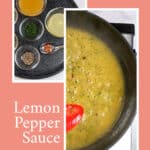

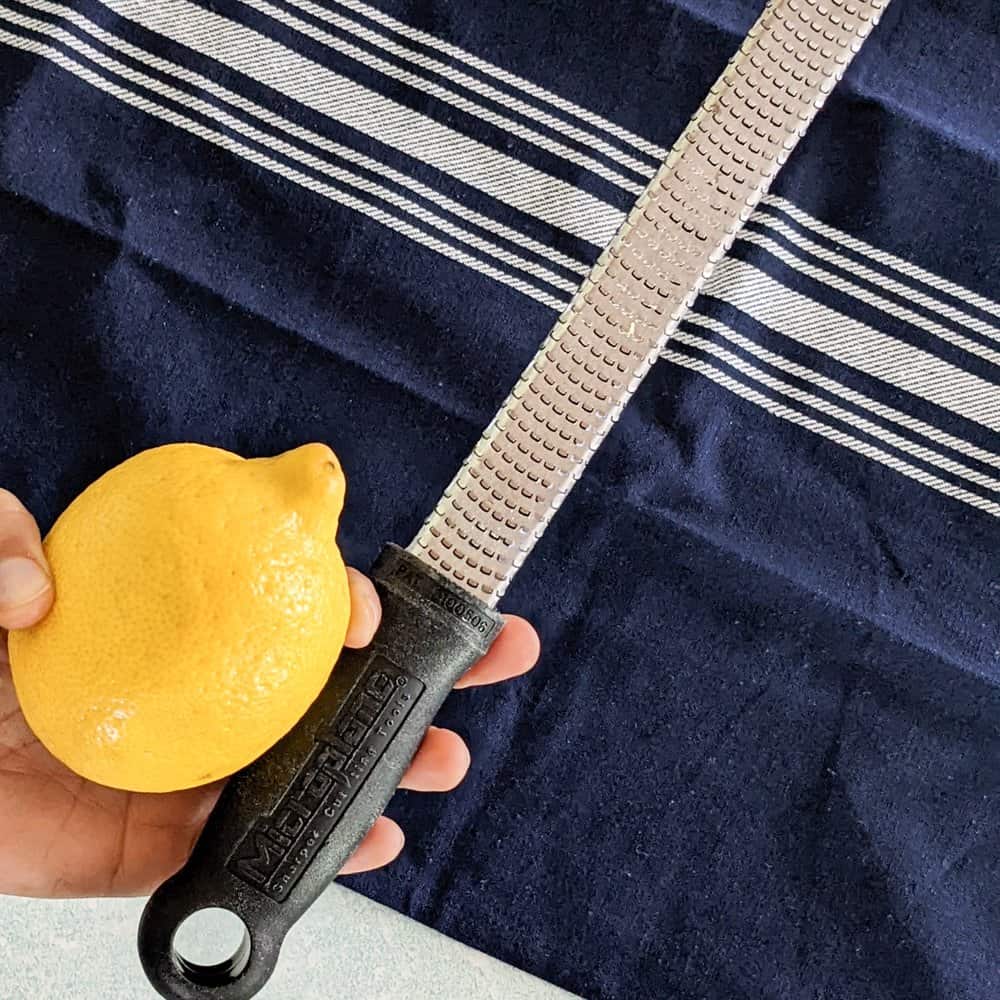
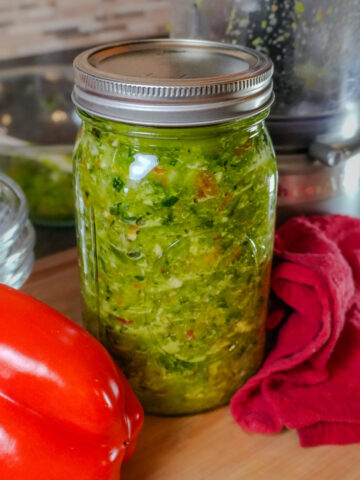
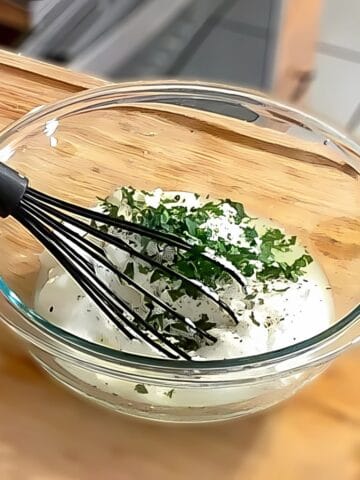
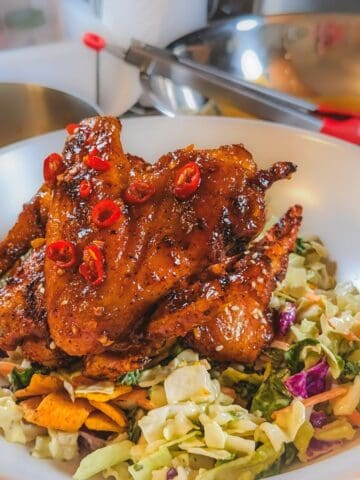
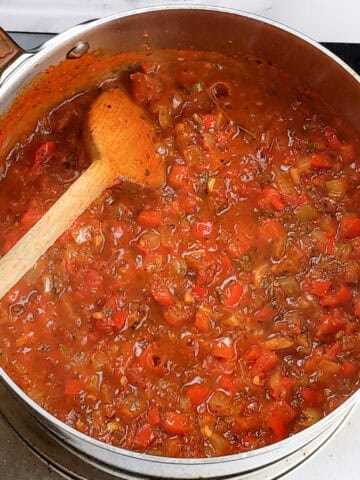
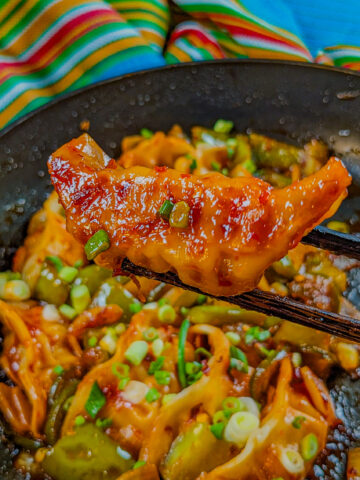
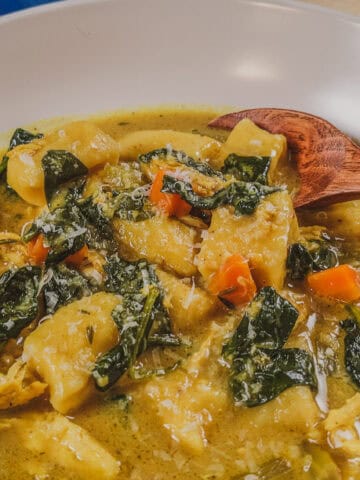
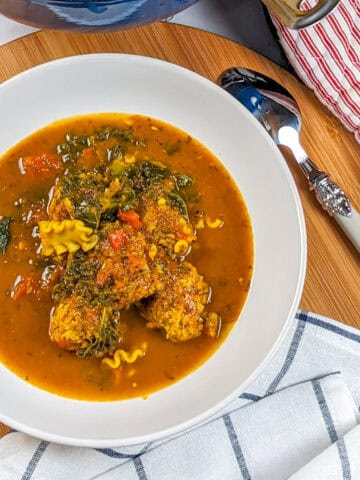
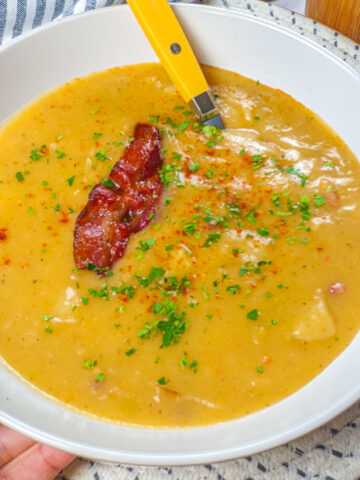
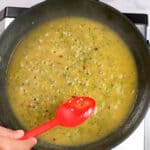
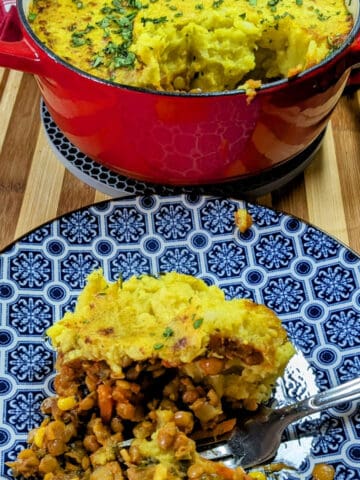
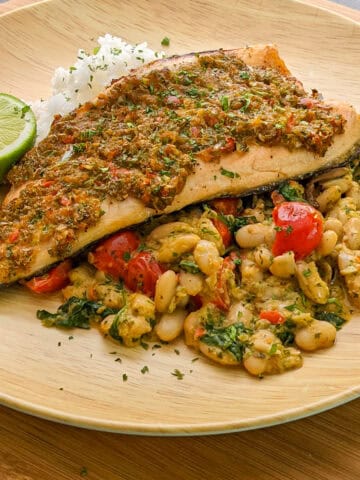
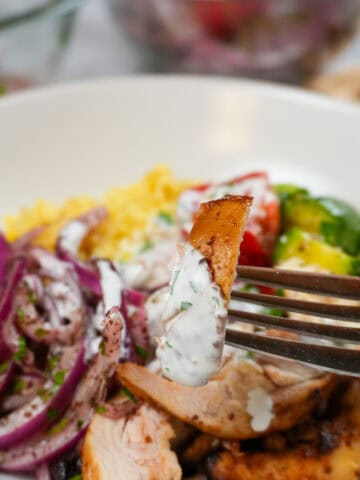
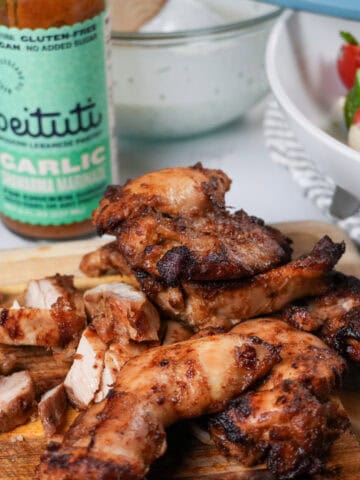
Leave a Reply